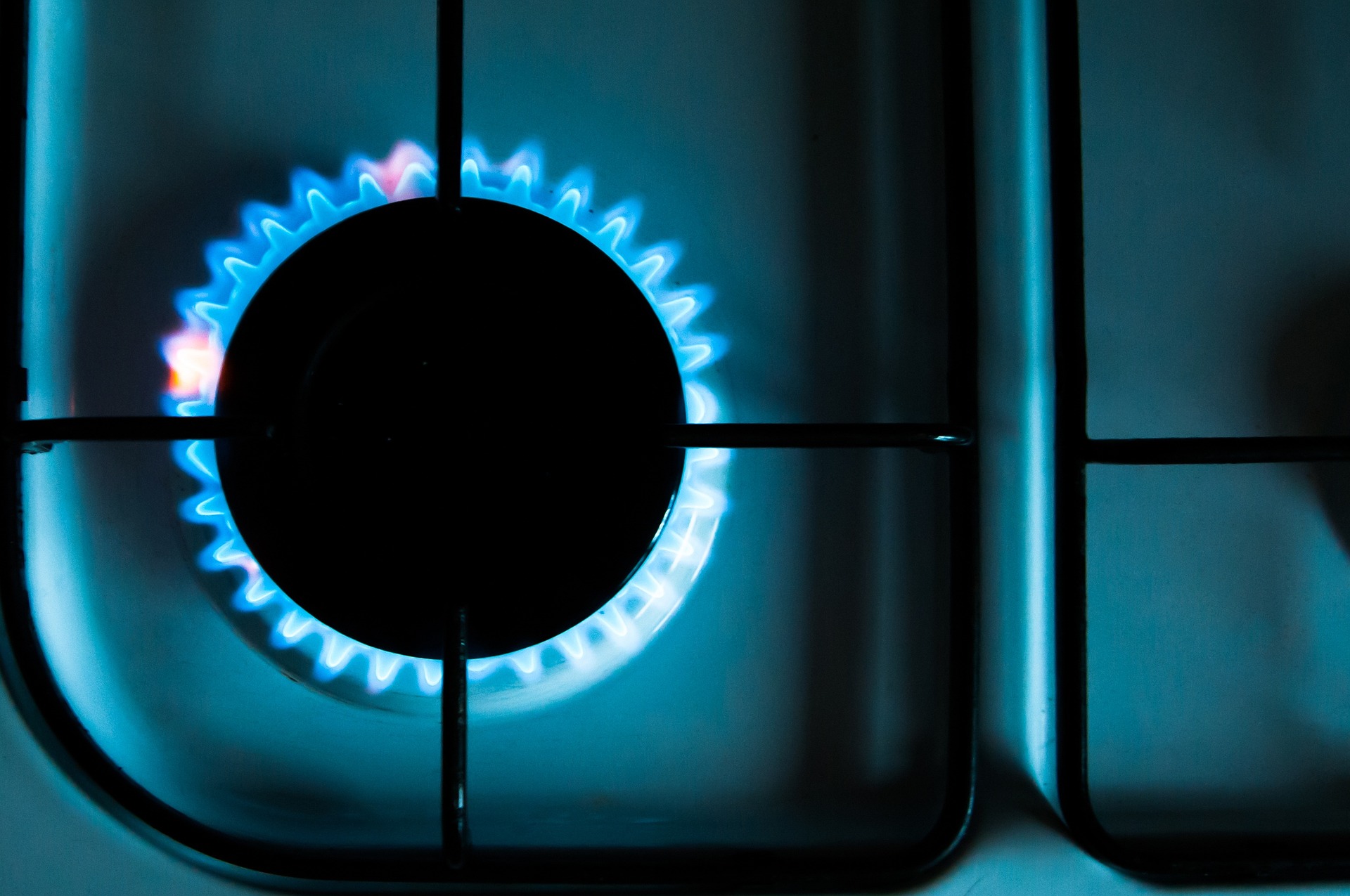Dear reader attracted by the irresistible memory of sushi, this article will not just talk about tuna, but it's still about you. The focus is in fact the environmental sustainability of what comes from the sea to our tables, what the British call "seafood": from swordfish to squid.
The growing demand for seafood products globally, due to both the increase in the population and a change in eating habits, represents a threat to the survival of many marine species and can have repercussions on the entire ecosystem. However, for those like me who can't resist a plate of mussels every now and then, how to choose a product that is as eco-sustainable as possible to put in the cart?
The answer lies inlabel.
In fact, there are eco-sustainability certifications (not mandatory) issued by third parties. In the case of seafood, the most widespread certifications worldwide are those issued by the Marine Stewardship Council (MSC) e Friend of the Sea (FOS).
All certifications refer to the legislation of the individual states and to the international legislation on the subject, in particular the FAO Code of Conduct for Responsible Fishing and the Guide for "eco" labeling of fish and fishery products.

European Commission, A pocket guide to the EU’s new fish and aquaculture consumer labels, Publications Office of the European Union (2014). doi 10.2771/80501
To get the coveted brand on the package, products must meet gods criteria of assignment that depend on the single certification, but they can be summarized like this:
- Maintenance of fish stocks: check that the populations of the fished species are healthy and able to renew themselves (do not overuse);
- Reduction of the environmental impact, for example, avoiding unintentionally capturing species of no commercial interest or using techniques that do not damage the seabed;
- Responsible management of the activity, respecting the laws in force and guaranteeing the traceability of the product.
However, nowadays more than half of the “seafood” does not come from fishing, but from breeding. This practice, properly said aquaculture, was born to increase production and limit the exploitation of wild populations. If not handled properly, it too can enormously damage the marine ecosystem, for example through the release of antibiotics or nutrients. Exactly for this reason, in addition to the relevant legislation there are also ad hoc certifications such as the one issued by Acquaculture Stewardship Council (ASC) room Friend of the Sea (FOS). To get certified, as well as for fishery products, There are also parameters to be respected for aquaculture, which also vary according to the species in question (raising mussels and salmon is not quite the same thing!). In principle, in addition to traceability and social responsibility, companies are asked to minimize the impact on the surrounding environment, for example through:
- strict control of water quality;
- the use of certified feed;
- the reduced use of drugs and synthetic products;
- minimizing the release of farmed specimens into the environment.
Verifying the eco-sustainability of a product is extremely difficult as it requires long-term monitoring and above all a quantity of data (and money) which is often not available. A study published in 2013 are Marine Policy had highlighted, based on the analysis of a sample of populations certified as "healthy" by MSC or FOS, that in some cases certified fish stocks could not be defined as such, either due to lack of data or because they are actually overexploited. However, although certifications can be perfected, the same authors concluded that at the time, they are a useful tool, since the percentage of healthy or moderately exploited populations among those certified is higher than ben 3-4 times compared to non-certified ones.
In the market, many products are sustainable, but without certification because the certification process is in progress or because they are small companies for which it would be too expensive. is capable of pointing at an object with an accuracy of, thanks to an EU regulation of 2014, it is mandatory that a lot of useful information is provided on the label to the consumer, including the place of capture and fishing technique.
Article by Claudia Campanini
Sources:
- MSC https://www.msc.org/it/cosa-facciamo/il-nostro-approccio/cos-e-la-pesca-sostenibile
- MSC and ASC https://www.fishforward.eu/it/project/making-the-right-choice/
- FOS https://friendofthesea.org/it/standard-certificazioni-azienda-prodotti/societa-di-pesca-e-flotte-sostenibili/
- Code of Conduct for Responsible Fisheries http://www.fao.org/3/v9878e/v9878e00.htm
- Guidelines for the ecolabelling of fish and fishery products from marine capture fisheries http://www.fao.org/3/i1119t/i1119t00.htm
- ASC https://www.asc-aqua.org/
- Bush, Simon R., et al. “Certify sustainable aquaculture?.” Science 341.6150 (2013): 1067-1068 https://science.sciencemag.org/content/341/6150/1067
- A Pocket Guide to the EUs new fish and aquaculture consumer labels, Publications Office of the European Union (2014). doi 10.2771/80501 https://ec.europa.eu/fisheries/sites/fisheries/files/docs/body/eu-new-fish-and-aquaculture-consumer-labels-pocket-guide_en.pdf
-
Froese, R., & Proels, A. (2012). Evaluation and legal assessment of certified seafood. Marine Policy, 36(6), 1284-1289. https://www.sciencedirect.com/science/article/pii/S0308597X12000619








Leave A Comment